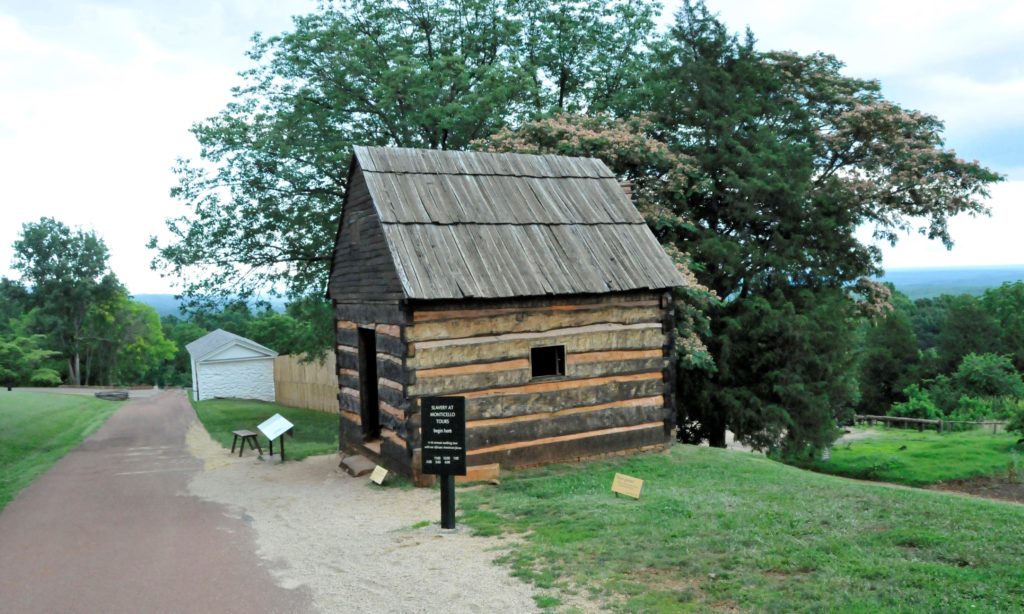
Thomas Jefferson, who wrote that “all men are created equal,” owned 600 slaves during his lifetime and fathered children with one of them. The guardians of Jefferson’s famous Virginia estate have recently confronted these contradictions.
Jefferson inherited from his father a 5000-acre plantation near Charlottesville, Virginia, and the enslaved individuals working there. In 1769, five years after taking control of the property, he began building a house atop a hill he called “Monticello,” a project that continued, off and on, for 40 years. Some of Jefferson’s slaves, who lived in cabins along a road southeast of the house called “Mulberry Row,” helped with the construction. When Jefferson’s wife Martha died in 1782, he gained ownership of Sally Hemings, the daughter of Martha’s father and Elizabeth Hemings, one of her father’s slaves. Jefferson took his deceased wife’s half-sister with him to France when she was 14 and, according to accounts at the time, there made Sally his concubine. She eventually bore Jefferson six children, four of whom, including Madison Hemings, lived into adulthood.
The Thomas Jefferson Foundation has owned Monticello since 1923. Until recently, its guided tours of the property made little mention of slavery and no acknowledgement that Sally Hemings was the mother of Jefferson’s children. Today, however, a 45-minute slavery tour begins at a reconstructed log cabin along Mulberry Row, emulating a cabin occupied by John Hemings, Sally’s half-brother. In 2018, the Foundation opened an exhibit in a small room in the south wing of the main house, where Sally Hemings may have lived. Relying on DNA evidence and the recollections of Madison Hemings, writings near the door state unequivocally that “Sally Hemings bore children fathered by her owner.” As the writings note, at Monticello “we can find the absolute best, and the absolute worst, that we have been as Americans.”